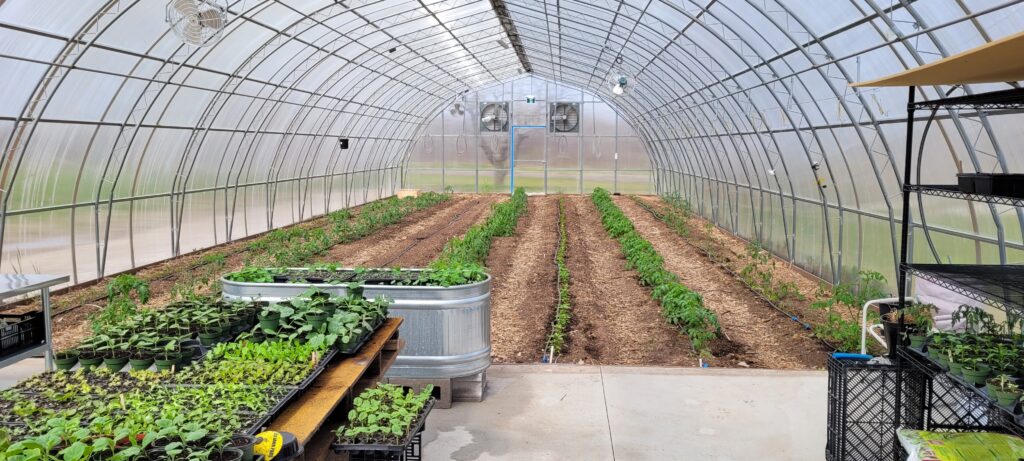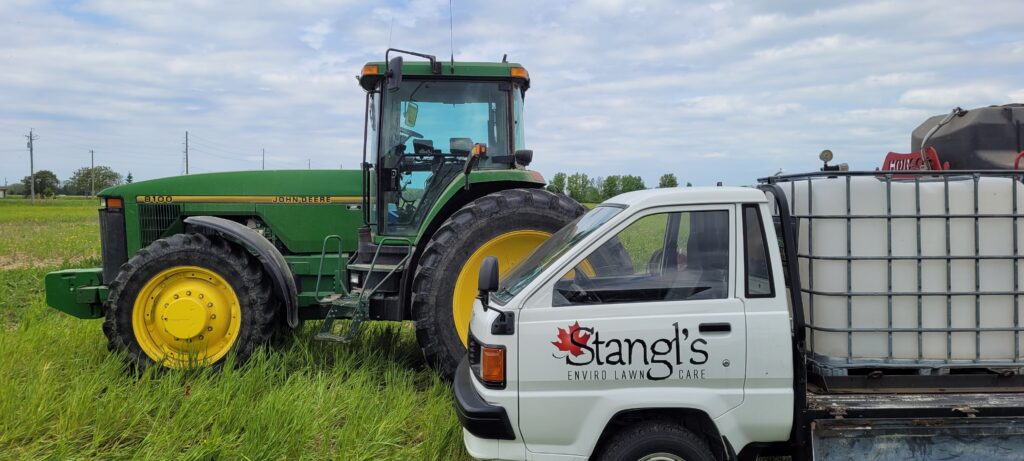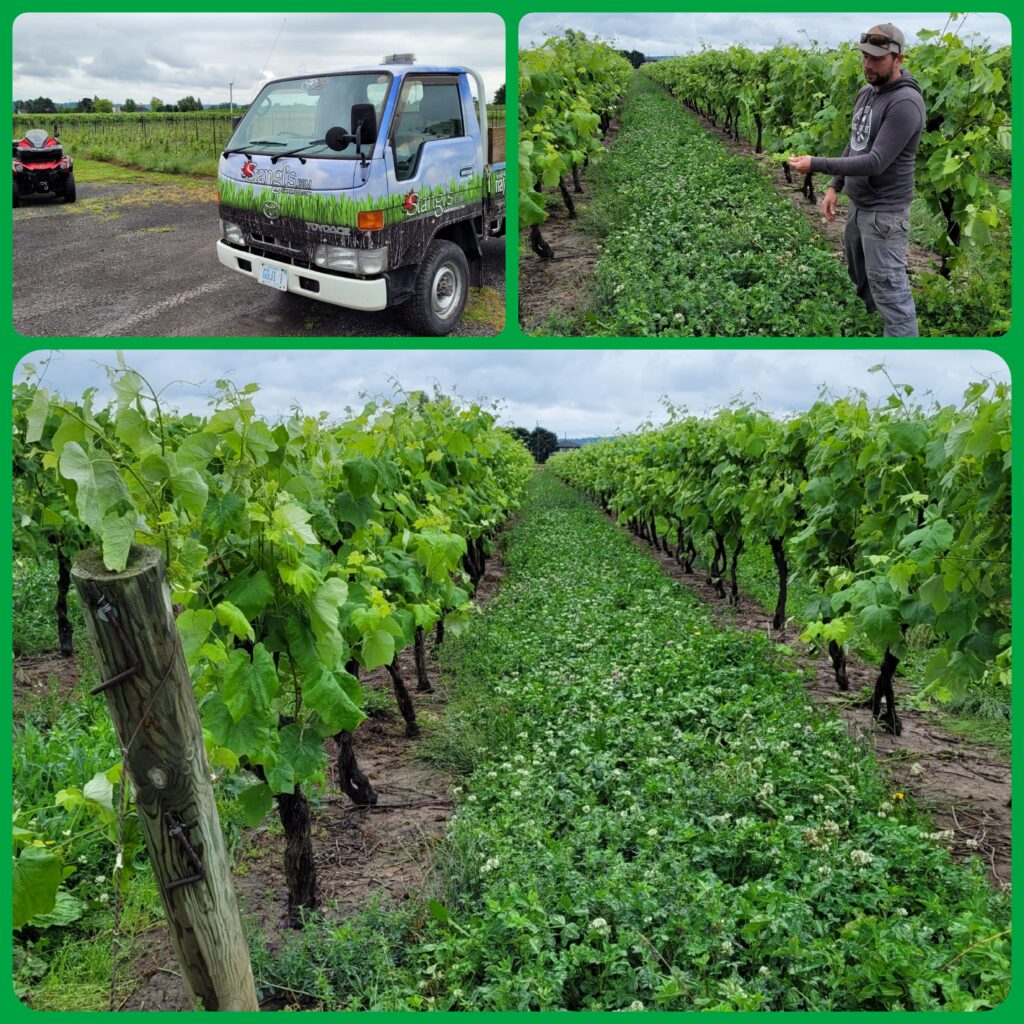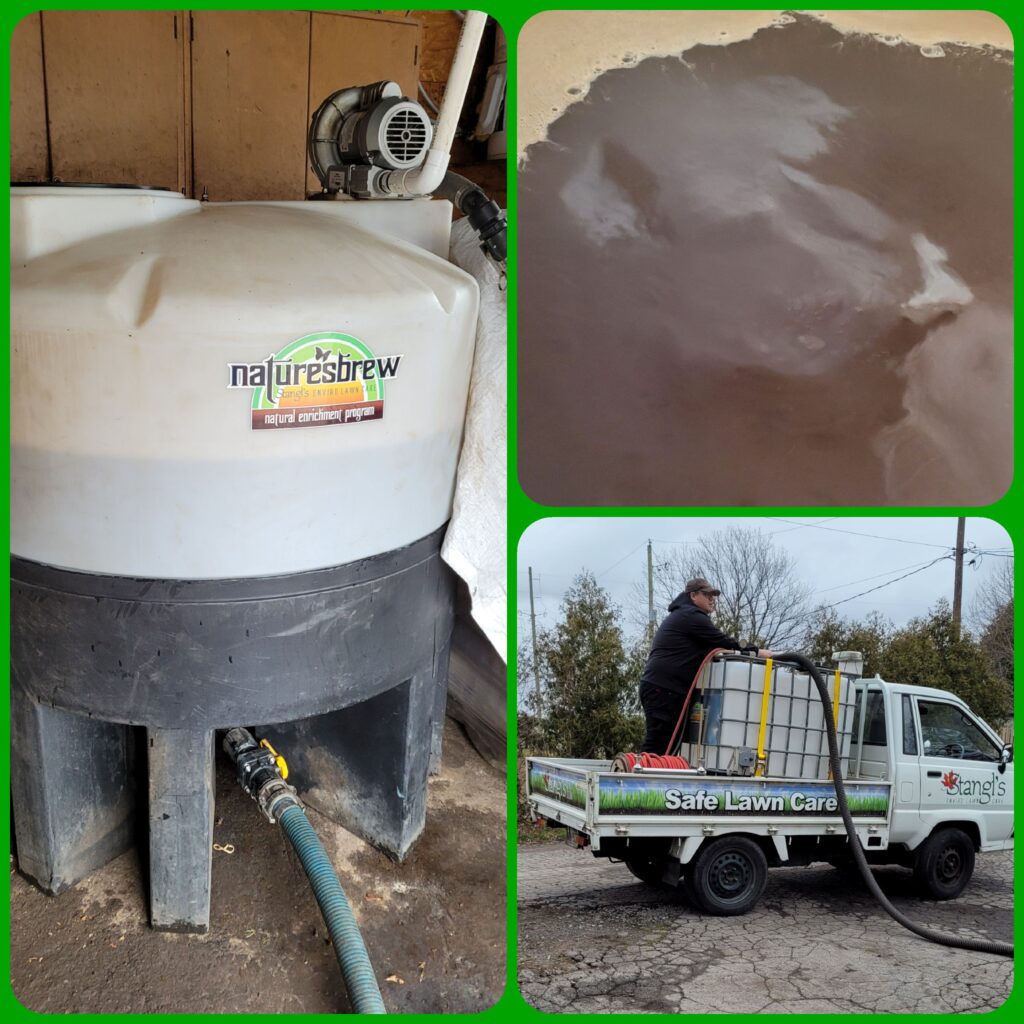Are you seeking to enhance crop yields, improve soil health, and minimize reliance on conventional farming methods? If so, you’re likely exploring various agricultural techniques to achieve these goals. One approach that has been gaining traction in recent years is the use of Johnson-Su compost extract.
As a farmer or gardener, you may have heard about the potential benefits of Johnson-Su compost extract but may be wondering about its effectiveness in real-world applications. In this blog post, we’ll delve into some firsthand experiences and insights from those who have incorporated Johnson-Su compost extract into their farming practices.
Understanding Johnson-Su Compost Extract
Before we dive into the practical applications and results, let’s briefly discuss what Johnson-Su compost extract entails. Named after its creators, David Johnson and Hui-Chun Su, this extract is derived from a specific composting method designed to promote beneficial microbial activity in the soil.
Johnson-Su compost extract is rich in diverse microorganisms, organic matter, and essential nutrients. When applied to soil, it helps improve soil structure, increase nutrient availability, suppress diseases, and enhance overall plant health.
Real-World Experiences
Market Gardening Success
For our market garden, I apply 2 lbs of Johnson-Su compost extract per acre mixed with minerals, fish/kelp/yucca/fulvic/humic once a month. We’ve observed no insect or disease issues, and our produce consistently boasts exceptional taste and quality.

Similarly, I maintain a site market gardens, 2 greenhouses and lawns, where we apply Johnson-Su compost extract four times throughout the season. The results have been remarkable – robust plant growth, minimal pest pressure, and impressive yields. It’s become an integral part of their regenerative farming approach.
Field Crop Reduction in Inputs

A cash crop farmer highlights, “Last year, incorporated your Johnson-Su compost extract into our test plot alongside conventional methods. By reducing nitrogen inputs by 45% and eliminating phosphorus applications, we were able to achieve comparable yields. Not only did this approach save us money on inputs, but it also contributed to healthier soil.”
Vineyard Management

In the viticulture sector, a grower shares, “After two years of incorporating regenerative practices into our vineyard management, we’ve seen significant improvements. We’ve been able to reduce the number of passes and inputs, resulting in lower costs and minimal powdery mildew issues. Our yields are on par with conventional blocks, but with a reduced environmental footprint.”
The Importance of Context and Monitoring
While Johnson-Su compost extract can yield impressive results, it’s essential to understand that it’s just one component of a broader regenerative farming approach. Context matters, and the effectiveness of any technique can vary based on factors such as soil type, climate, crop species, and management practices.
Moreover, monitoring and measuring outcomes are critical. Whether it’s through soil testing, plant tissue analysis, or simply observing crop performance, farmers should regularly assess the impact of their regenerative practices, including the use of Johnson-Su compost extract.
Conclusion
In conclusion, Johnson-Su compost extract holds tremendous potential for enhancing soil health, improving crop productivity, and advancing regenerative agriculture. Real-world experiences from farmers and growers demonstrate its efficacy across various crops and farming systems.

However, success with Johnson-Su compost extract requires a holistic approach, careful observation, and a willingness to adapt based on evolving conditions. By integrating this technique into a broader regenerative farming strategy, farmers can unlock its full benefits and contribute to a more sustainable and resilient food system.
If you’re considering incorporating Johnson-Su compost extract into your farming practices, we encourage you to start small, monitor results closely, and embrace the journey toward soil regeneration and agricultural sustainability.